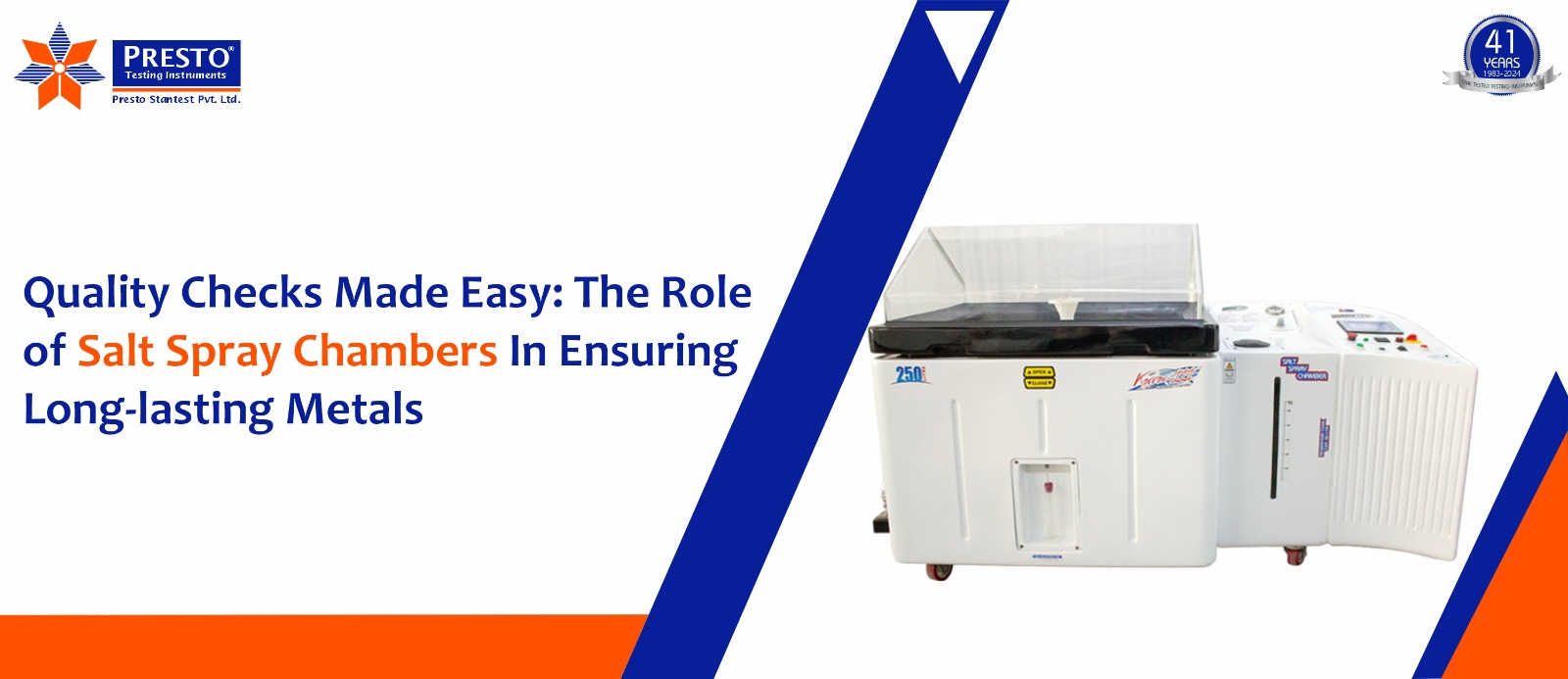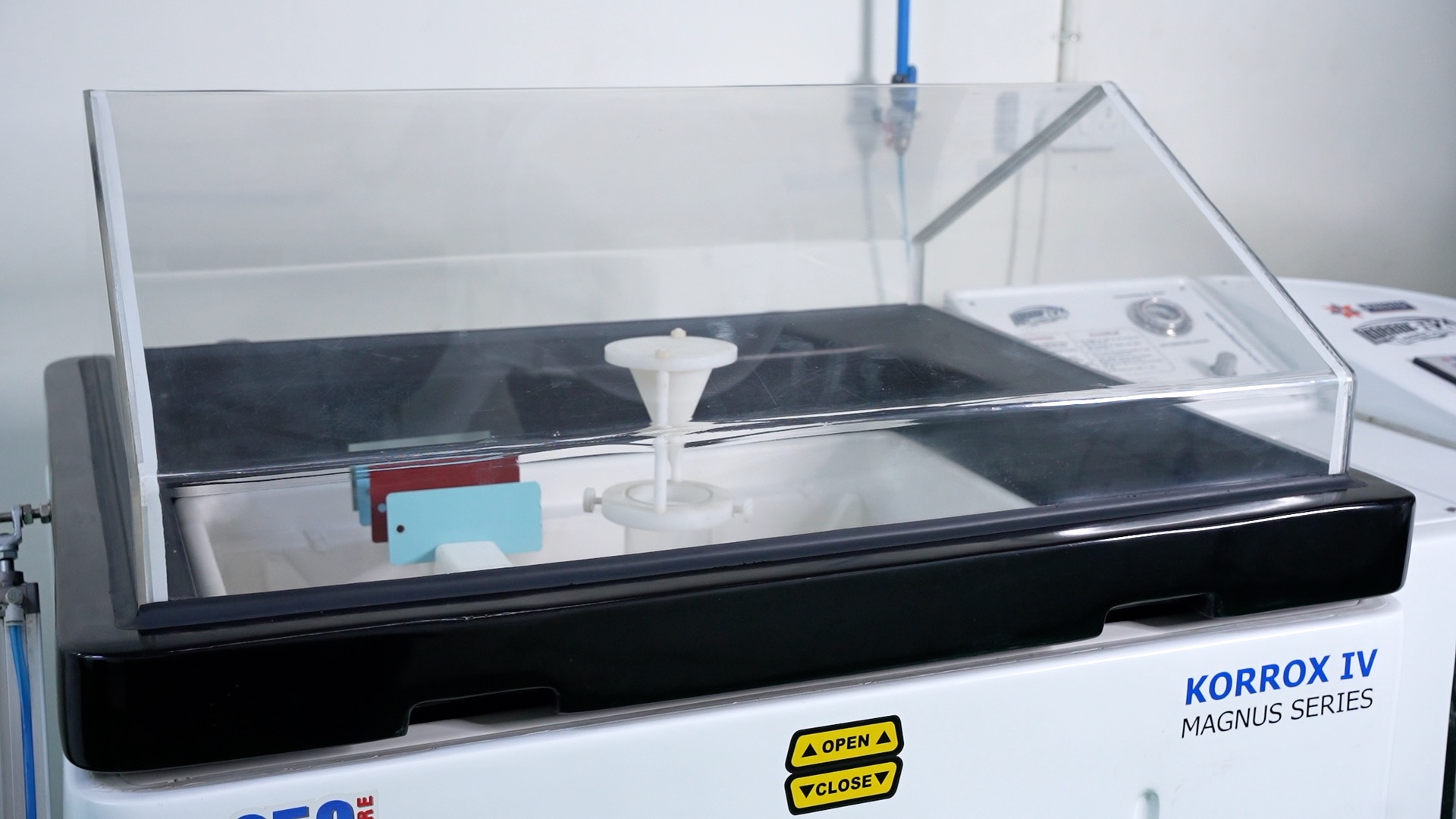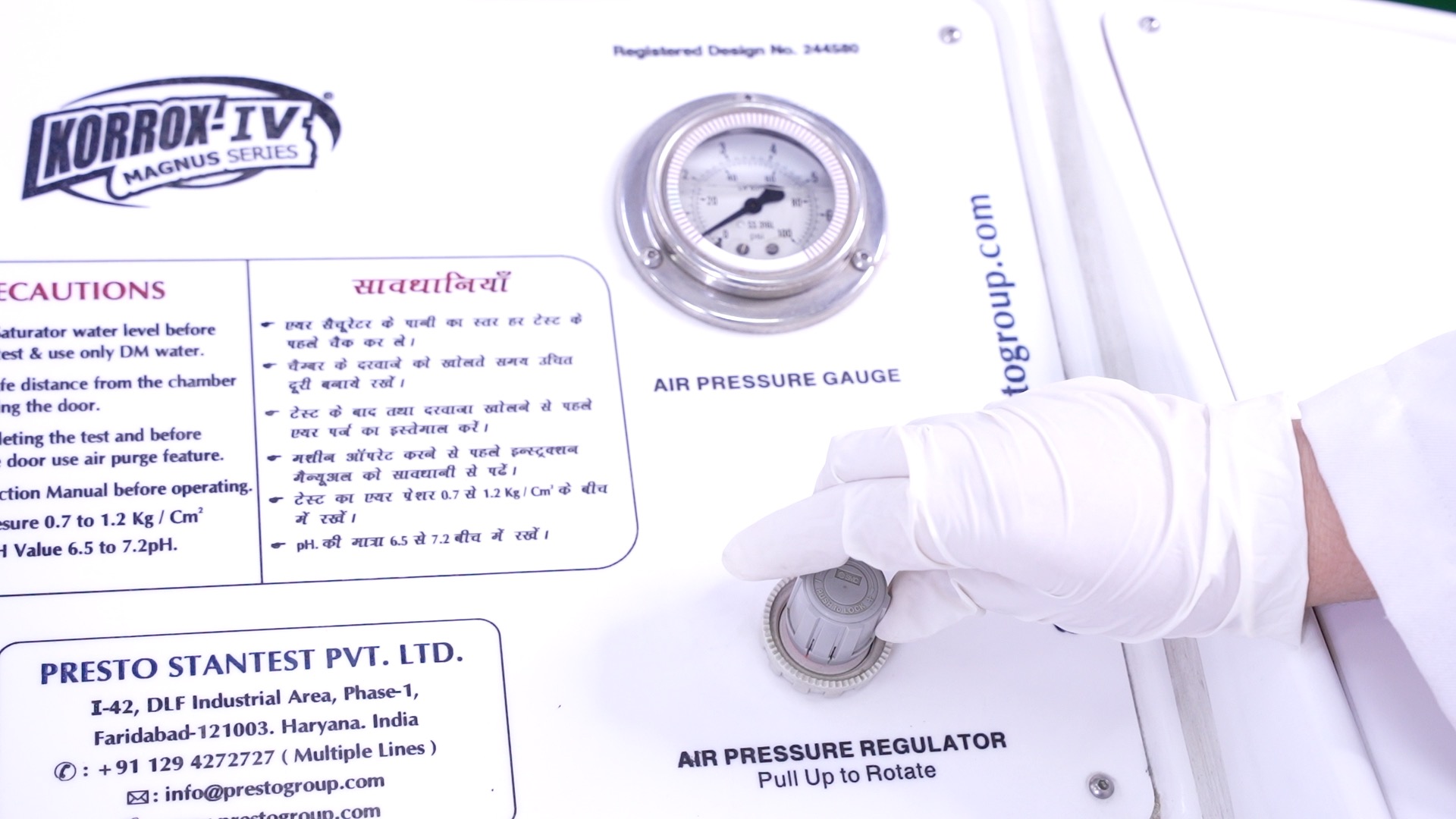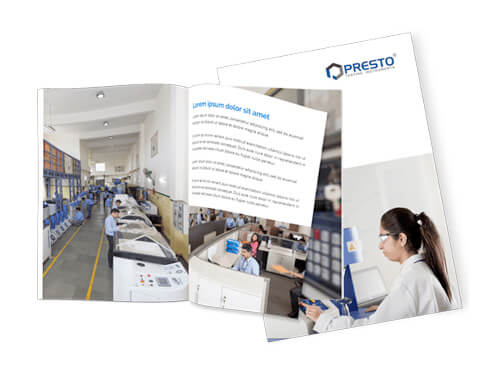Quality Checks Made Easy: The Role of Salt Spray Chambers In Ensuring Long-lasting Metals

Gaurav Malhotra
18-11-2024
Salt Spray Chamber or the SST Chamber
An environmental test chamber known as a Salt Spray Chamber or Salt Fog Machine simulates the corrosion effects of salt on materials. SST chambers are widely applied to determine corrosion resistance in metals, coatings, paints, and even plastics. A Salt Spray Chamber creates salt fog in a controlled environment with high humidity, which accelerates the corrosion process.
This accelerated test can help manufacturers discover how their materials will perform in real environmental conditions, especially salty, moist, and corrosion-prone like those in marine and coastal areas.
Reasons Why Salt Fog Corrosion Testing is Essential
Salt Spray Testing, also known as Salt Fog Corrosion Testing is important to study the durability of products against natural stresses that could damage their integrity. It can help in many ways:
Coating Tests: If the product is painted, galvanized, or covered by a coating for protection, this test evaluates its corrosion resistance and protects the material beneath.
Quality Control: You can use this test in your quality control procedure for the determination of industrial durability standards.
Design and Material Selection: Once the testing is done you can accordingly decide on better designs and materials to minimize the effects on the environment.
With industries, facing increasingly stringent environmental regulations, Salt Spray Testing ensures that their products meet the required standards and perform reliably over time.

Understanding the salt chamber test
The Salt Chamber Test takes the material sample and exposes it to a saline spray, which is a sodium chloride solution, essentially in a sealed box. Then the chamber is heated, ensuring a controlled and constant temperature with a humidor climate so the process can occur faster.
Here's how it goes:
- Sample Preparation: Samples put in the chamber are normally coated with paints or finish.
- Salt Mist Generation: The chamber generates fine misted sodium chloride solution simulating saltwater corrosive conditions.
- Environmental Control: The inner environment of the chamber, temperature, humidity, and salt mist concentration, has to be strictly controlled to ensure consistency in a test result.
- Testing: The samples are tested after extraction for corrosion, rusting, blistering, and other such degradations.
Why Presto for the Salt Spray Chamber?
Presto's Salt Spray Chamber tests corrosion resistance by simulating harsh environments. It provides accurate control for reliable, reproducible results, ensuring material durability for industries like automotive and aerospace.
Technical specifications of the Salt Spray Chamber
Standard: ASTM B117
Technical Specifications:
Display: 7" TFT LCD Color Touchscreen (HMI-based)
Chamber Temperature Range: Ambient to 40ºC
Test Chamber Operating Temperature Range: 35ºC ± 2ºC
Chamber Temperature Least Count: 0.1ºC
Chamber Temperature Repeatability: ± 2ºC
Air Saturator Temperature Range: 40ºC to 49ºC
Air Saturator Temperature Least Count: 0.1ºC
Air Saturator Temperature Repeatability: ± 2ºC
Temperature Control: In-built PID Temperature Controller
Timer (Hour Meter): 6-digit display
Air Regulator: 0 to 30 psi
Compressed Air Requirement: Approx. 7 cfm (Air compressor not included in the supply; main airline pressure regulator with filter is the customer's responsibility)

NEVER do these few things with your Salt Spray Chamber
Do not overload the chamber: Do not load the chamber with many test samples. It will lead to undesirable exposure to salt fog.
Do not neglect safety protocols: Always observe the manufacturer's guidelines and safety recommendations that are provided to avoid mishaps during the operation.
Do Not Miss Regular Maintenance: Neglecting regular maintenance means that equipment is bound to malfunction and test results become unreliable.
Tips for Maintenance of the Salt Spray Chamber
Proper care is what will help the salt spray chamber to work effectively for a longer time. Here are some tips to keep your chamber in good condition:
Routine Cleaning: After every test, clean the chamber, all the spray nozzles, the salt tank, and the inside wall of the chamber to prevent salt build-up and clogging.
Heating System Check: Heaters must be checked regularly for proper function and desired temperature.
Leaks Check: Chamber leakages mostly occur in the door seals. They might create inconsistent conditions inside the chamber.
Atomization System Upkeep: Clean and replace nozzles of the atomizing system at regular intervals. Salt fog formation might be irregular due to clogged nozzles and lead to unreliable results.
Monitors Calibration: The Chamber needs to be calibrated periodically to ensure that temperature, humidity, and concentration of salt are within the respective limits.
Corrosion test chambers are essential for measuring the corrosion resistance of material under production in any industry. The reliability and quality of a product solely lie in the manner, in which maintaining the concerned machine takes place in an organization.
Investing in a good salt fog chamber can make all the difference when ensuring that your products will last the long haul. Presto manufactures salt fog chambers for sale tailored to your sample testing needs. Whether automotive manufacturing or construction, anybody working under the roof of industries that require extremely strong corrosion resistance must know and harness the power of salt spray corrosion testing to stay ahead of the pack.
Phone: +91 9210 903 903
Mail: info@prestogroup.com
you may also like
- The Ultimate Guide to Universal Testing Machines (UTM)
- Guide to Bursting Strength Tester: Working, Benefits & Price
- Ultimate Guide to Melt Flow Index Tester: Operations, Advantages, and Uses
- A Complete Guide to Box Compression Tester: Methods & Applications
- Hot air oven not working? Common problems & fixing issues
Recent News
- Paper & Packaging Testing Instruments
- Paint, Plating & Coating Testing Instruments
- Plastic & Polymer Testing Instruments
- Environmental Testing Chambers
- PET & Preform Testing Instruments
- Color Measuring Testing Instruments
- View Entire Range Instruments

Catalogue 2023
Get information about new product launches, research, innovation and endeavors at Presto.
download Free Copy
Get a Quote

